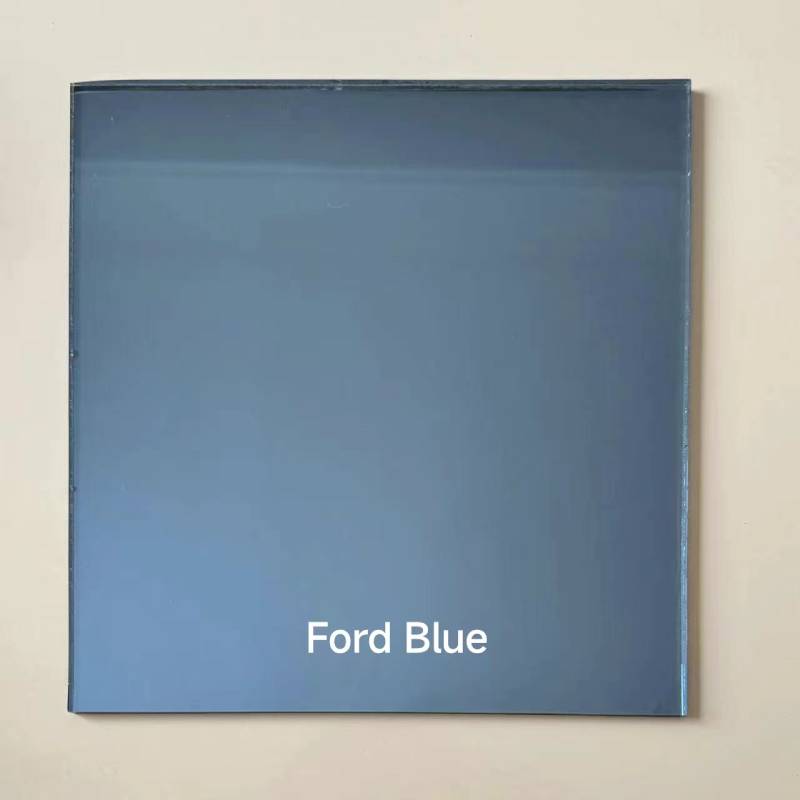

Understanding the Pricing of Clear Float Glass
Clear float glass, also known simply as float glass, is a fundamental material in the construction and manufacturing industries, often utilized in windows, facades, and various decorative items. Its price can vary widely based on several factors, including production processes, market demand, supply chain logistics, and advancements in technology. Understanding these factors is essential for consumers, builders, and manufacturers alike.
Production Process and Costs
The production of clear float glass involves a process where molten glass is floated on molten tin to create a smooth, flat surface. This method, developed in the 1950s, has become the standard for producing high-quality glass sheets. The costs associated with this process are significant, as they include raw materials (such as silica sand, soda ash, and limestone), energy consumption, and labor. Fluctuations in the prices of these raw materials due to global market dynamics can directly impact the overall cost of float glass.
Energy prices also play a crucial role in determining the final price of clear float glass. The manufacturing process is energy-intensive, with high temperatures required to melt the raw materials. Variations in energy prices, whether they be due to geopolitical tensions or changes in energy policy, can lead to shifts in production costs. Therefore, manufacturers must closely monitor these trends to maintain competitive pricing.
Market Demand and Supply Dynamics
The demand for clear float glass is influenced by several sectors, most notably construction and automotive. As new housing projects and commercial constructions emerge, the demand for glass increases correspondingly. Economic factors such as interest rates, construction activity, and overall economic health can influence this demand. During periods of economic expansion, the construction industry often sees a surge in projects, thereby increasing the demand—and consequently the price—for clear float glass.

Conversely, during economic downturns, the demand can dwindle, leading to potential price drops. Manufacturers may also face surplus stocks during these times, prompting them to adjust prices to encourage sales or maintain liquidity.
Technological Advances and Innovation
Advancements in technology have also impacted the pricing of clear float glass. Innovations in production techniques can lead to more efficient manufacturing processes that reduce costs. For instance, newer furnaces require less energy and produce less waste, which can ultimately lead to lower prices for consumers. Moreover, the development of advanced glass products, such as low-emissivity or triple-glazed glass, offers enhanced features but at higher price points, thus pointing to a divergence in product offerings within the market.
As environmental concerns continue to shape industry practices, manufacturers who adopt sustainable practices may face higher initial costs, which can also influence pricing strategies. Eco-friendly products may command premium prices, catering to a growing market segment that prioritizes sustainability.
Conclusion
In summary, the price of clear float glass is influenced by a multitude of factors, including production costs, market dynamics, and technological advancements. For consumers and businesses alike, understanding these factors can help make informed decisions when purchasing glass products. As the industry continues to evolve, staying attuned to these trends will be essential for navigating the complex landscape of clear float glass pricing. Whether for construction projects or creating beautiful glassworks, being aware of market factors provides a distinct advantage in procurement strategies.